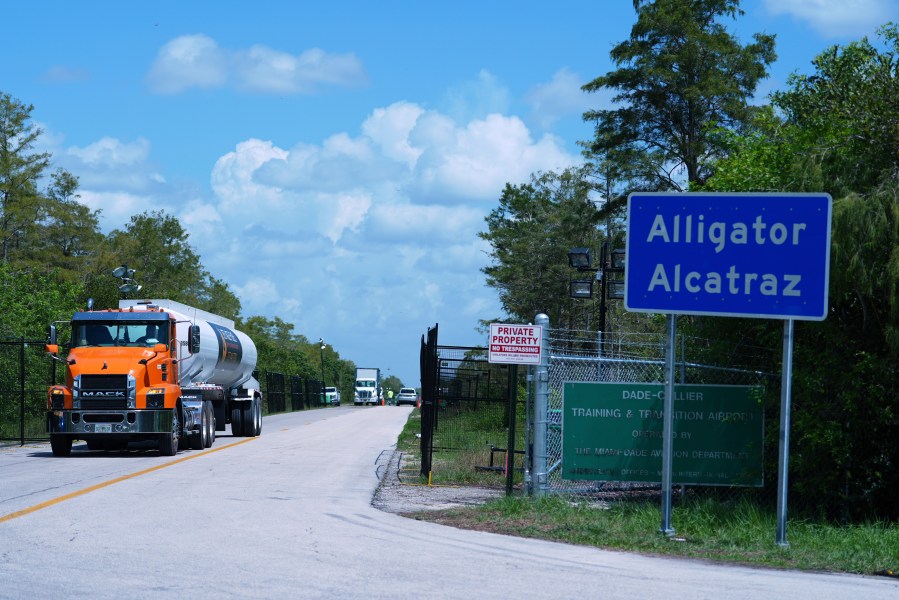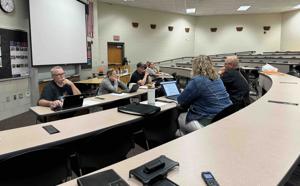Nearly 550,000 Americans Over 80 Remain in Workforce—Urgent Trends Revealed

UPDATE: Nearly 550,000 Americans aged 80 and older are actively working, according to new data, marking a significant rise in this age group remaining in the workforce. As of 2023, this trend continues to reshape the landscape of employment for older adults, with implications for the economy and society at large.
Harvey Mendelson, an 88-year-old from California, embodies this shift. Transitioning from stockbrokering to real estate and now photography, he runs a gallery that reflects his new passion. Despite the modest income, he emphasizes the importance of staying active and independent. “You retire at 65, and in three days, you’re 80,” he states. His story is one of many, as nearly 4.2% of Americans over 80 are now employed—a notable increase from 2.9% in 1980.
In a recent analysis by Business Insider, over 100 members of the Silent Generation shared their motivations for continuing to work. Many cite a mix of desire and necessity, with professions ranging from bookkeepers to construction workers. The data reveals that while about half of these older workers find additional income helpful, it is not their primary motivation.
As America’s workforce ages, the Bureau of Labor Statistics reports that individuals aged 75 and older are now twice as likely to be employed compared to the early 1990s. This surge correlates with declining pension benefits and concerns regarding the sustainability of Social Security, projected to be depleted by the mid-2030s.
Bobbie Beckham Sellers, at 93, manages her own rental properties, reflecting a growing trend of older Americans remaining engaged in work that provides purpose. “I really enjoy continuing to work,” Sellers remarks, highlighting the emotional fulfillment many derive from their jobs.
The data shows that the most common positions held by workers over 80 include managers, retail salespeople, and drivers, with a median income of $57,100 in 2023. Interestingly, nearly 26% of these older workers earn over $100,000 annually, while about 10% earn at least $200,000.
Despite health challenges, many older employees strive to remain active. Leonard Carter, at 82, oversees operations at his family’s textile recycling business, insisting that work is essential for his sense of purpose. “I tell people I’m coming out of this office feet first,” he asserts, emphasizing the benefits of staying engaged.
The data also reveals that approximately 73% of older workers are above the ALICE threshold, indicating they are not working out of desperation but rather for a sense of security or enjoyment. Stephanie Hoopes, from United For ALICE, notes that many seniors are sought after in the job market for their reliability and experience.
As this trend continues, experts warn of the potential downsides. Teresa Ghilarducci, an economist, cautions that working past the age of 70 can often lead to adverse health outcomes for those in poor working conditions.
Looking ahead, the demographic of older workers is expected to expand rapidly. With more individuals living healthier, longer lives, the perception of retirement is evolving, and many are embracing work as a preferred lifestyle choice rather than a financial necessity.
As the landscape of employment shifts, the stories of individuals like Mendelson, Sellers, and Carter serve as compelling reminders of the resilience and adaptability of older Americans. Their experiences highlight not only the economic factors at play but also the emotional and social benefits of remaining engaged in the workforce.
Stay tuned for further updates on this developing story as America’s workforce continues to age and evolve.






